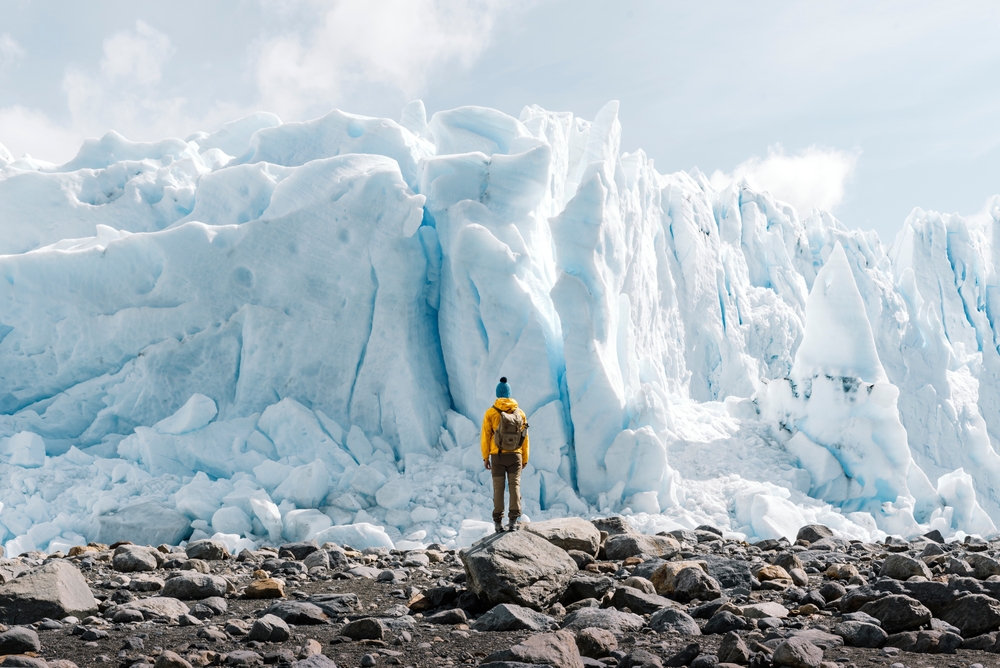Glacier tourism is becoming an increasingly popular way for older adults to reconnect with nature and enjoy the outdoors. A 2022 report by the Outdoor Foundation highlighted that participation in outdoor activities among people aged 55 and older has jumped by over 14 percent since 2019. Glaciers, fascinating and dynamic natural wonders, provide an unparalleled opportunity for exploration. These massive ice formations gain mass during winter through snowfall and lose it in the summer as they melt. However, thanks to climate change, glaciers are now losing ice faster than ever, causing many to shrink at an alarming rate. This ongoing melt makes glacial terrain both beautiful and unpredictable, creating challenges that tourists should approach with caution.
One of the most critical factors tourists must consider is how quickly conditions on a glacier can change. Early mornings, when temperatures are at their lowest, see minimal meltwater runoff, making streams and pathways relatively manageable. By the afternoon, however, the sun’s heat causes the glacier to shed significant amounts of water. Streams that were shallow and easy to cross in the morning can rapidly transform into treacherous, fast-flowing channels by midday, leaving visitors stranded. Additionally, glaciers are not static—they’re constantly moving forward, sometimes at surprising speeds. In Greenland, for example, certain glaciers shift miles within a year, further contributing to their instability.
The ever-changing nature of glaciers creates opportunities to explore unique features like ice caves, which form over time as fractures in the ice expand. These caves can be large enough to enter, though their stability varies depending on location and elevation. Caves situated higher up on the glacier, where snow accumulates year-round, tend to be more stable and safer to visit. However, navigating glacier terrain is not for the unprepared. The uneven, slippery surfaces demand strong legs, good balance, and the right gear. Experts recommend building strength and stability before a glacier trip by practicing hikes on challenging trails. Wearing sturdy shoes with reliable soles and carrying a walking stick can also make a significant difference when traversing the ice.
Glaciers are not just cold; they can be dangerously so. Exposure to their chilly environment can lead to anything from cold-induced allergic reactions, like cold urticaria, to more serious conditions such as frostbite or hypothermia. Dressing appropriately is essential—layering warm, moisture-wicking clothing and ensuring proper hydration and nutrition will help visitors withstand the cold. Many people underestimate how much energy shivering consumes, draining the body’s reserves faster than expected. Staying warm and fueled is key to a safe and enjoyable experience on the ice.
Finally, while glaciers may feel far removed from the summer sun, the reality is that their reflective surfaces amplify solar radiation. This makes sunscreen an absolute necessity, even when the weather feels cold or cloudy. Many tourists return from glacier visits with painful sunburns, caught off guard by the sun’s intensity bouncing off the ice. Proper preparation, from sun protection to physical conditioning, is crucial for those hoping to enjoy these breathtaking landscapes without falling victim to their unpredictable nature. For those willing to take the plunge—carefully—glacier tourism offers a truly memorable adventure in one of nature’s most captivating environments.


